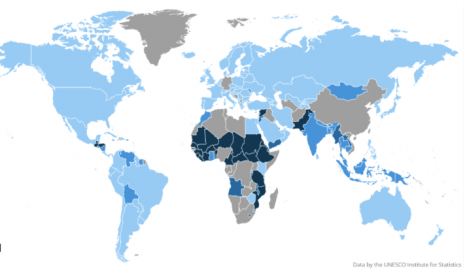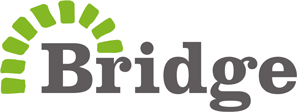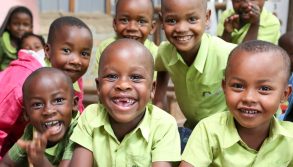Transforming education
6 August 2019
International Youth Day (IYD) was adopted following the UN Resolution 54/120 on 20 January 2000. It’s an annual celebration that takes place on 12 August, and an opportunity for national governments and civil society alike to address worldwide issues pertaining to youth. Every year, the focal point of IYD shifts to a different theme to bring a variety of issues impacting young people to the forefront of international policymaking.
The theme of IYD2019 is ‘transforming education’, highlighting the need to make global education entirely inclusive and accessible for all young people, regardless of their background.
Why does education need transforming
Accessible education for all plays a vital role in achieving the Sustainable Development Goals by 2030, particularly Sustainable Development Goal 4, to “ensure inclusive and equitable quality education and promote lifelong learning opportunities for all”.

Everyone agrees that education must be transformed. According to 2018 findings from the UNESCO Institute for Statistics, approximately 262 million children and youth are out-of-school. To add perspective, this equates to over 100 million more children who are out-of-school than the entire population of children in the United States and European Union combined.
Can you imagine the outrage if every child in Europe and the United States didn’t go to school? All of the arguments about wasted potential remain equally valid wherever in the world a child misses school. As it happens today, children in sub-Saharan Africa are much more likely than children in any other region of the world to be out-of-school.
UNESCO Institute for Statistics also found that, of those who don’t go to school they are:
- Over a fifth of children aged between 6 and 11 years of age
- One-third between 12 and 14 years of age
- Sixty percent of those aged between 15 and 17 years of age
A familiar trend across the globe is the significant barriers facing older children and youth in attaining school positions. The global average of education exclusion suggests that 15 to 17-year-olds are at least four times as likely to not be attending school than those between 6 and 11-years-old.
How to get children back into school
Governments along with non-state actors can all be a part of the solution. In a 2015 article, the World Economic Forum set out a three-point-plan on how to fix the education system in sub-Saharan Africa, and how to bring all children into the classroom:
- Focus must be shifted towards essential vocational training for teachers to be able to effectively engage with pupils. If teachers are not effectively trained to communicate with their class, and are not sufficiently knowledgeable of their subject area, the motivation for local children to attend their school will be considerably low.
- Schools must begin to harness new, innovative technologies. For instance, if schools had the capability to live-stream lessons over the internet, pupils living in remote areas would not need to partake in strenuous journeys to simply arrive at their classroom.
- The private sector has a role to play in assisting public education systems. Through the resources it has at its disposal, the private sector has the ability to create innovative solutions that the public sector may not have due to their often limited budgets.
What is Bridge doing to get children back into school?
Across the countries where we operate, we have been able to address the issue of access in schools through partnerships with governments and communities. We’re helping to ensure that all children can access a school and that the school is high-quality. The vast majority of the schools we support our free public schools but in the cases of community schools we ensure the fees are very low as to be affordable for those living on under US$2/day. For those that struggle still, we support a range of sponsored places thanks to our partners. In addition, we encourage communities to see the value of education. If parents know that their children are actually learning and that a teacher is present and teaching they are more likely to send their children to school. Through community outreach sessions we talk to communities who may not traditionally believe in girls education, to tell them how important it is to ensure all of their children are educated.
In Kenya, where access to education has historically been a sticking point, Bridge as well as the Kenyan government have focused efforts on access for girls. Since 2015, the number of girls attending Bridge schools who have achieved at least 250 marks in their primary leaving exam (the ‘KCPE’; 250 marks is a pass mark) has increased by over 30%.
Furthermore, girls who had attended Bridge schools for over five years or more averaged a mark of 281, making them the highest performing cohort.
Findings from the Center for Global Development and Innovations for Poverty Action found that, through the Liberian Education Advancement Programme (LEAP; formerly PSL), teachers at our public-private partnership schools in Liberia were 50% more likely to attend their lessons and teach their classes than at other schools in the country. This meant that pupils learnt almost twice as much in literacy and maths lessons, giving them the equivalent of an extra year at school when compared to their peers in non-LEAP/PSL schools.
Conclusion
As per the theme of IYD2019, we too believe that transforming education is a ‘powerful tool to achieve the 2030 Agenda for Sustainable Development.’ Education (SDG4) is a development multiplier, and accelerates progress across all 17 SDGs — including but not limited to: poverty reduction, health, gender equality, decent work, economic growth, reduced inequalities, action on climate change and reduced conflict.
We’re encouraged by the inclusion of the phrase: “Education should lead to relevant and effective learning outcomes,” in the theme of IYD2019. It recognises that inclusive, accessible education must also be quality education; only then can it transform lives and societies by realising the potential of its youth.
We must transform education so that each and every child, anywhere in the world can have access to the same opportunities.









